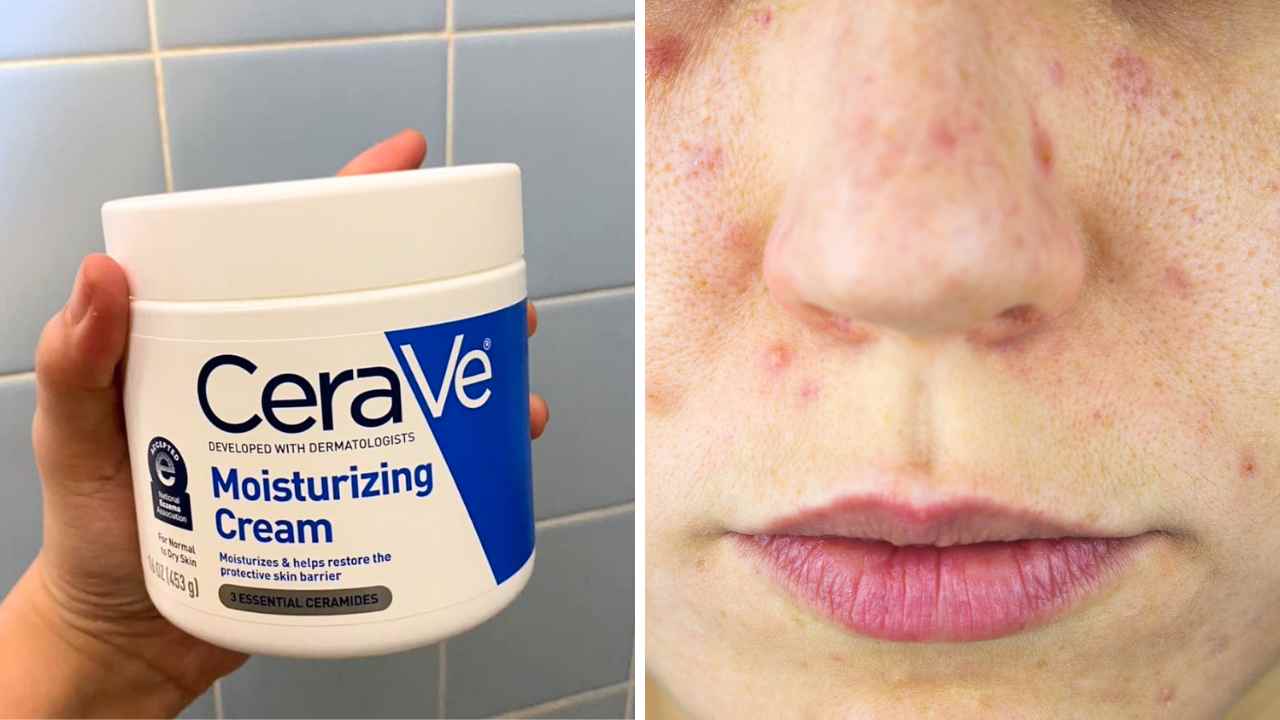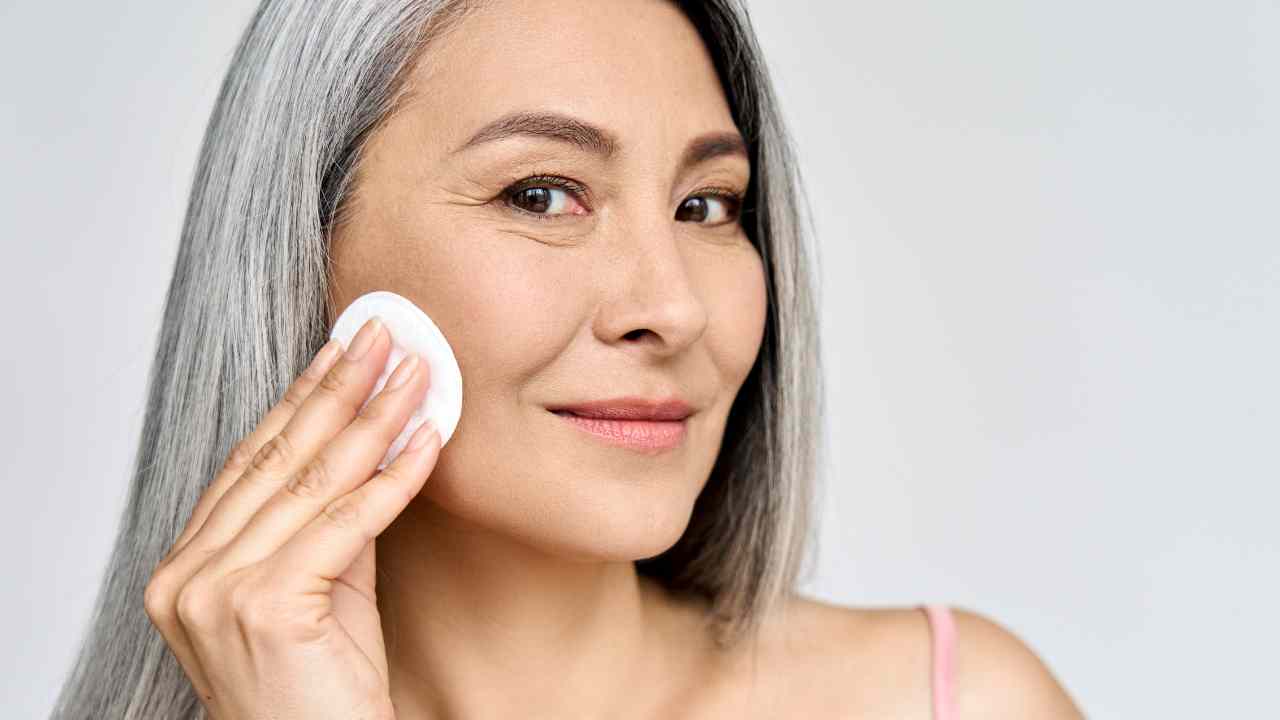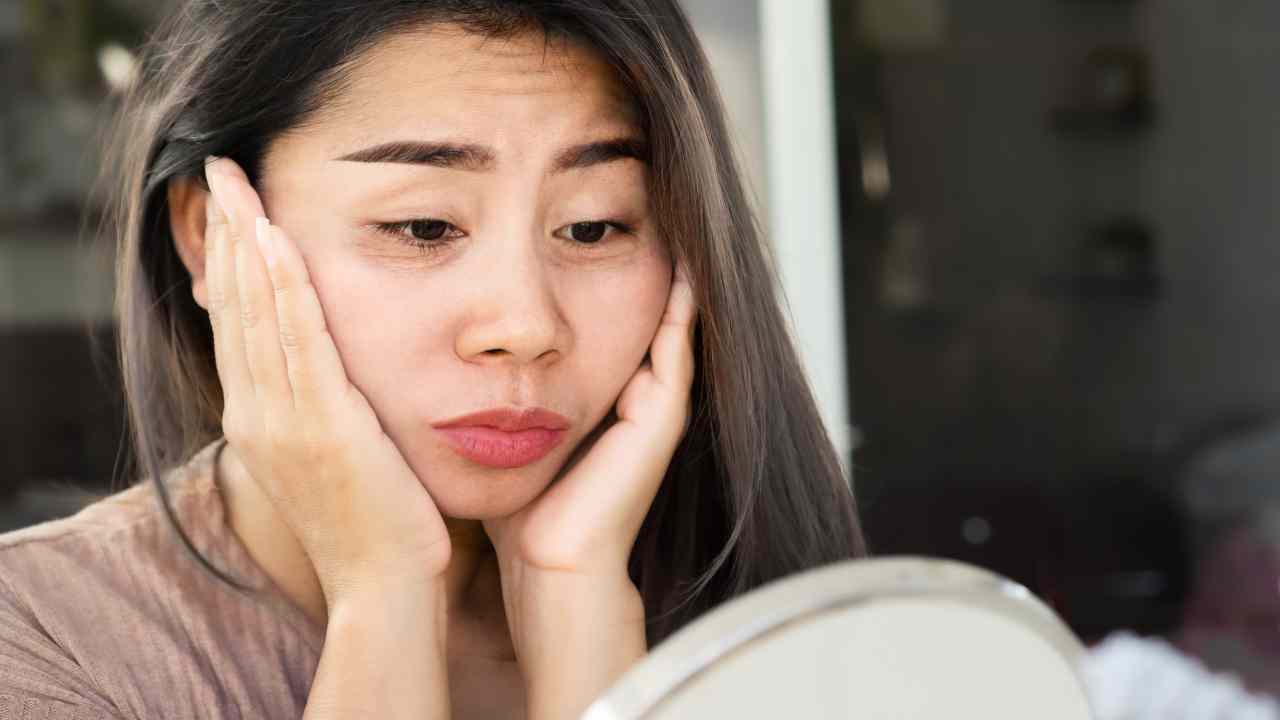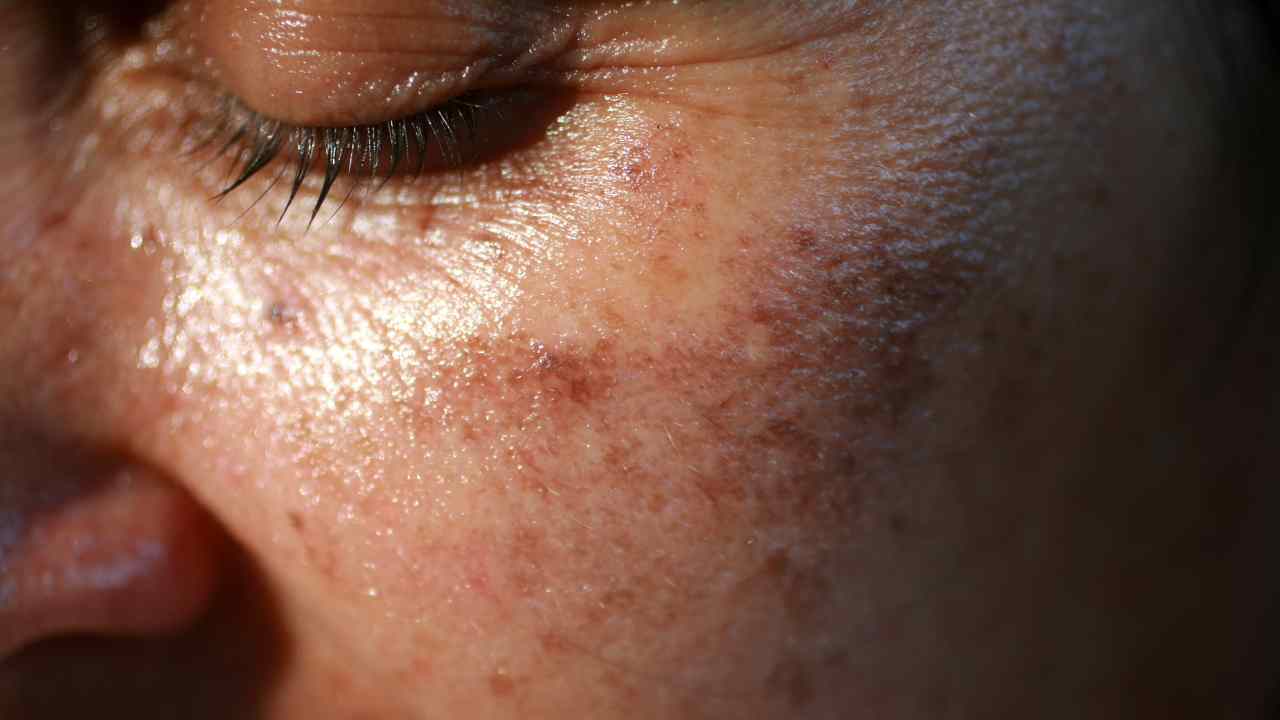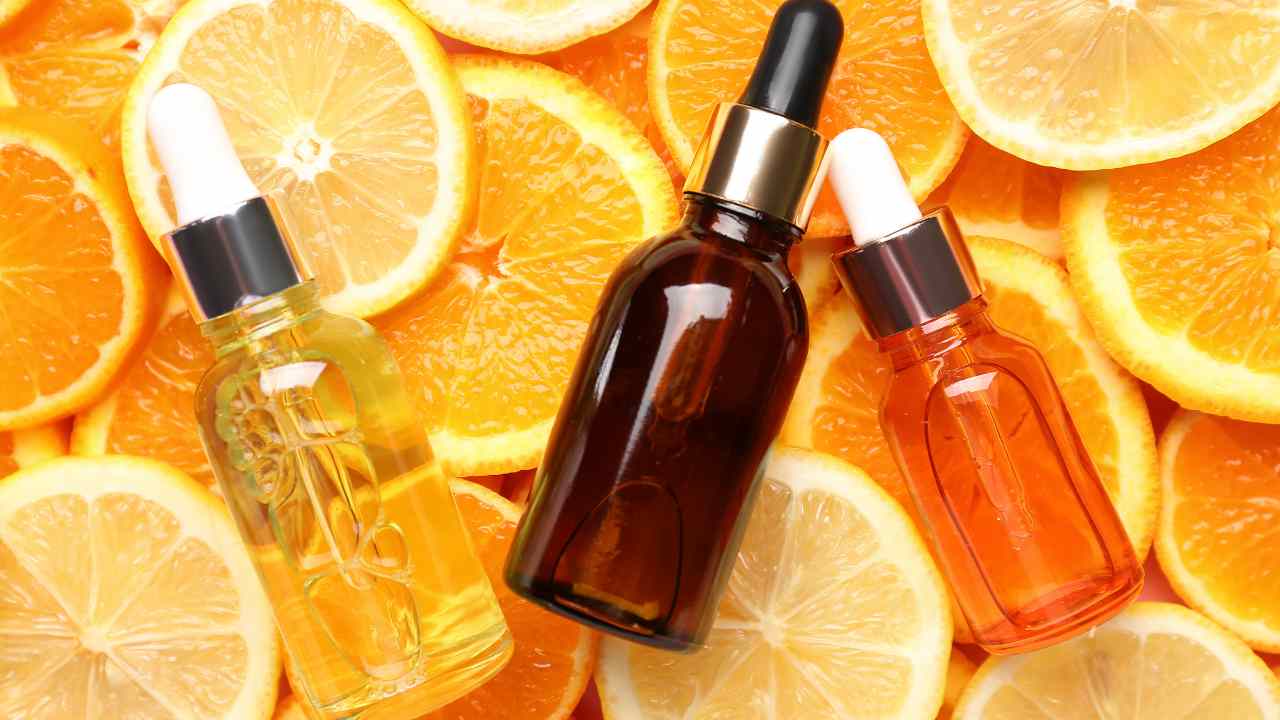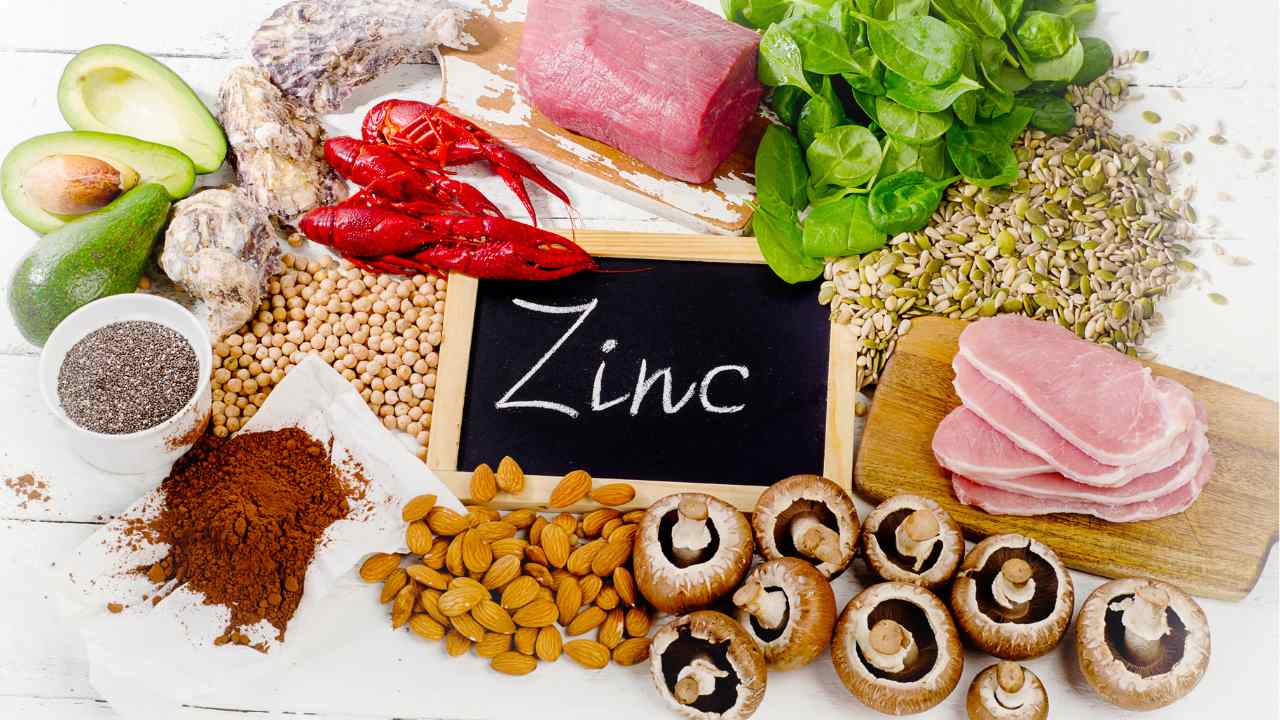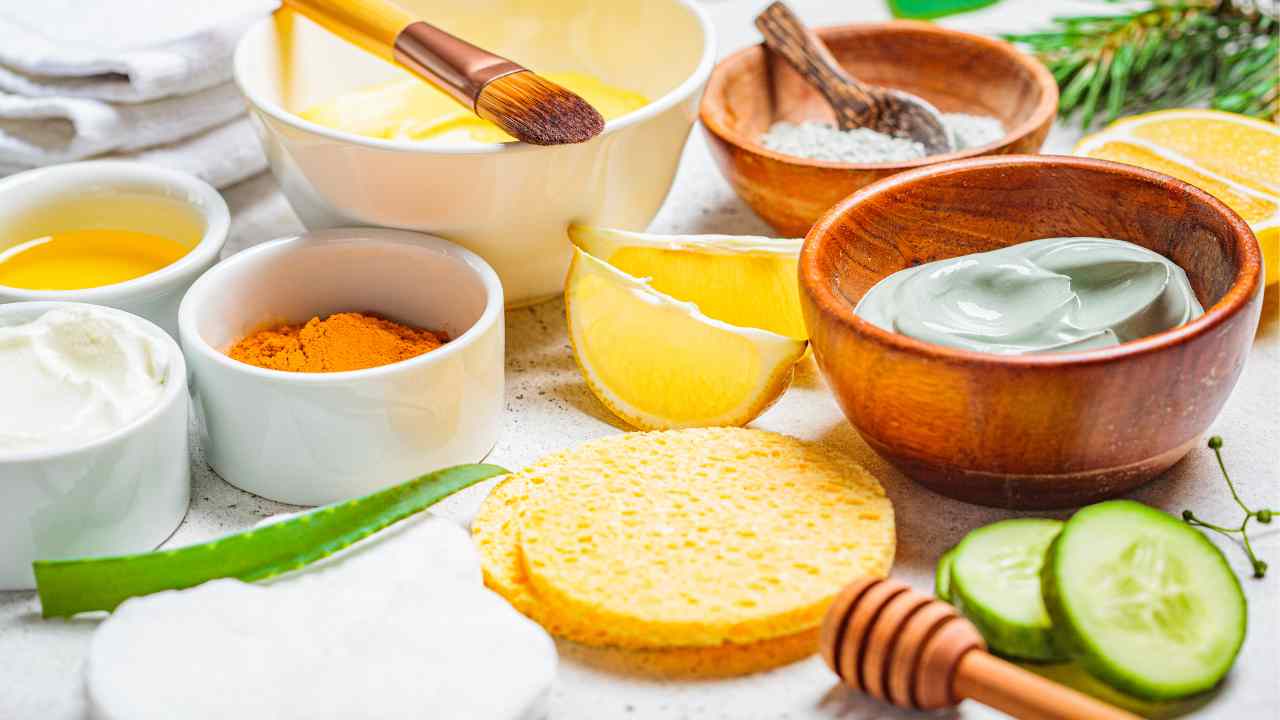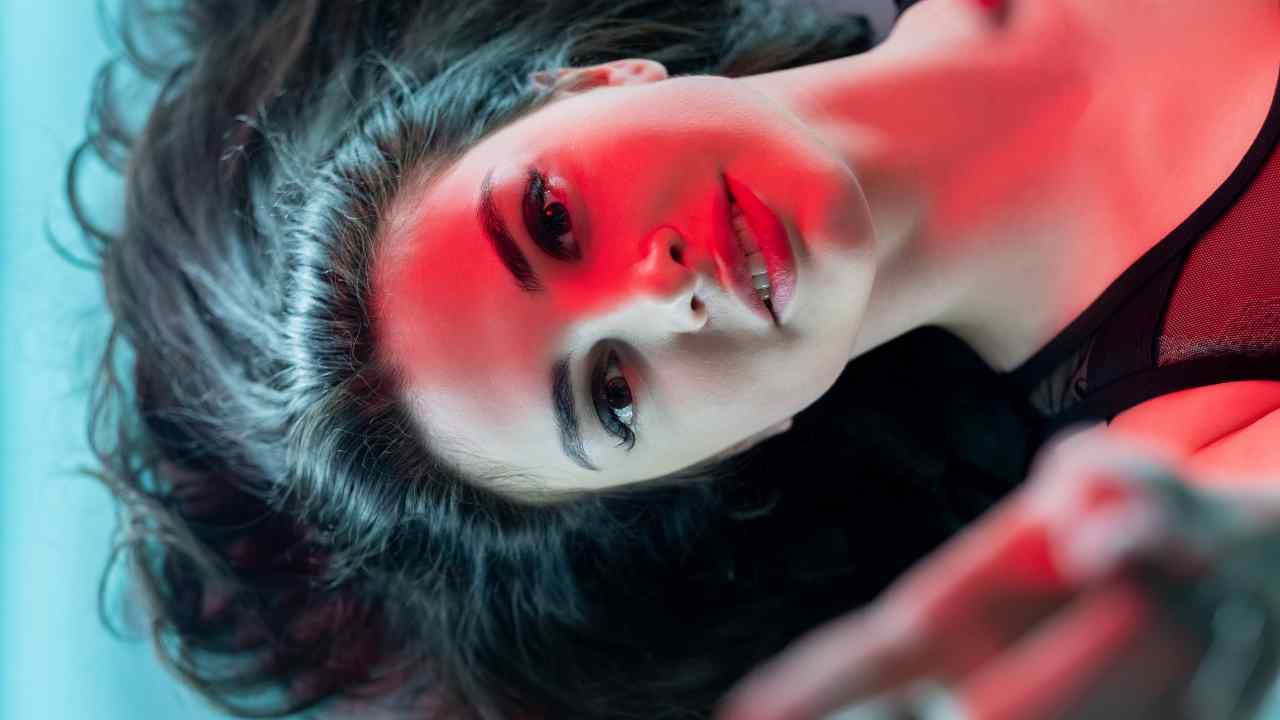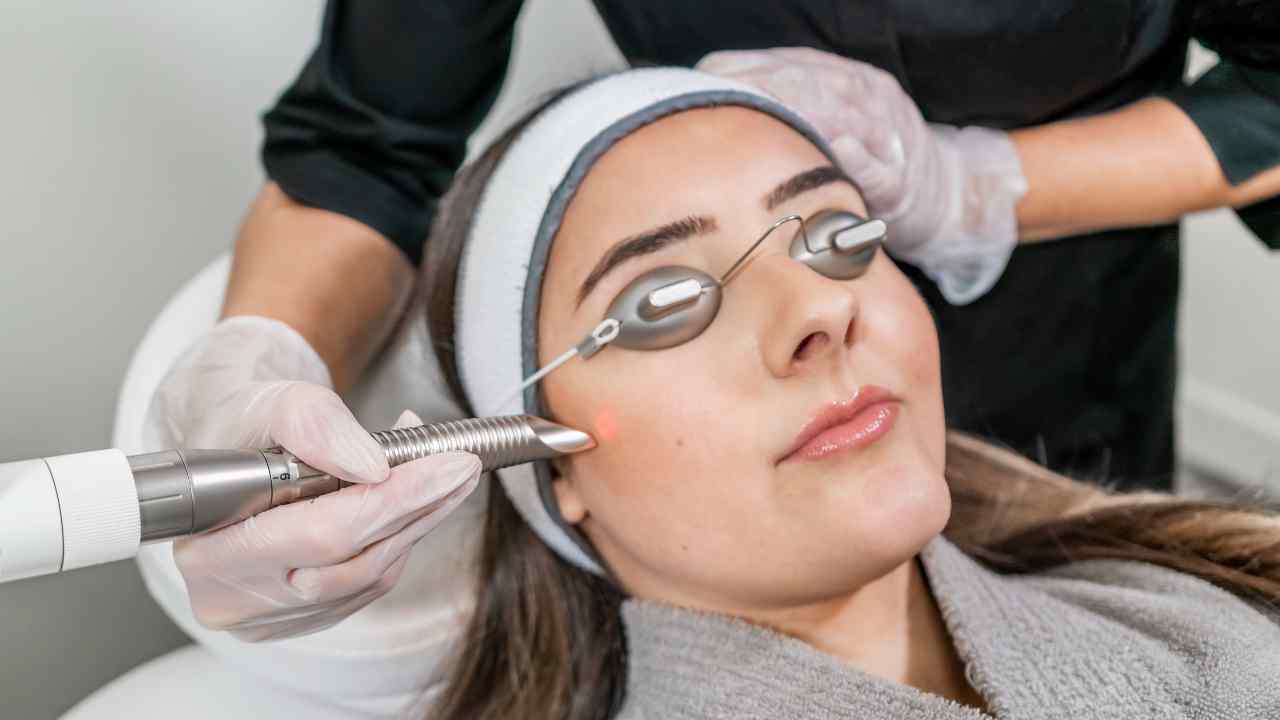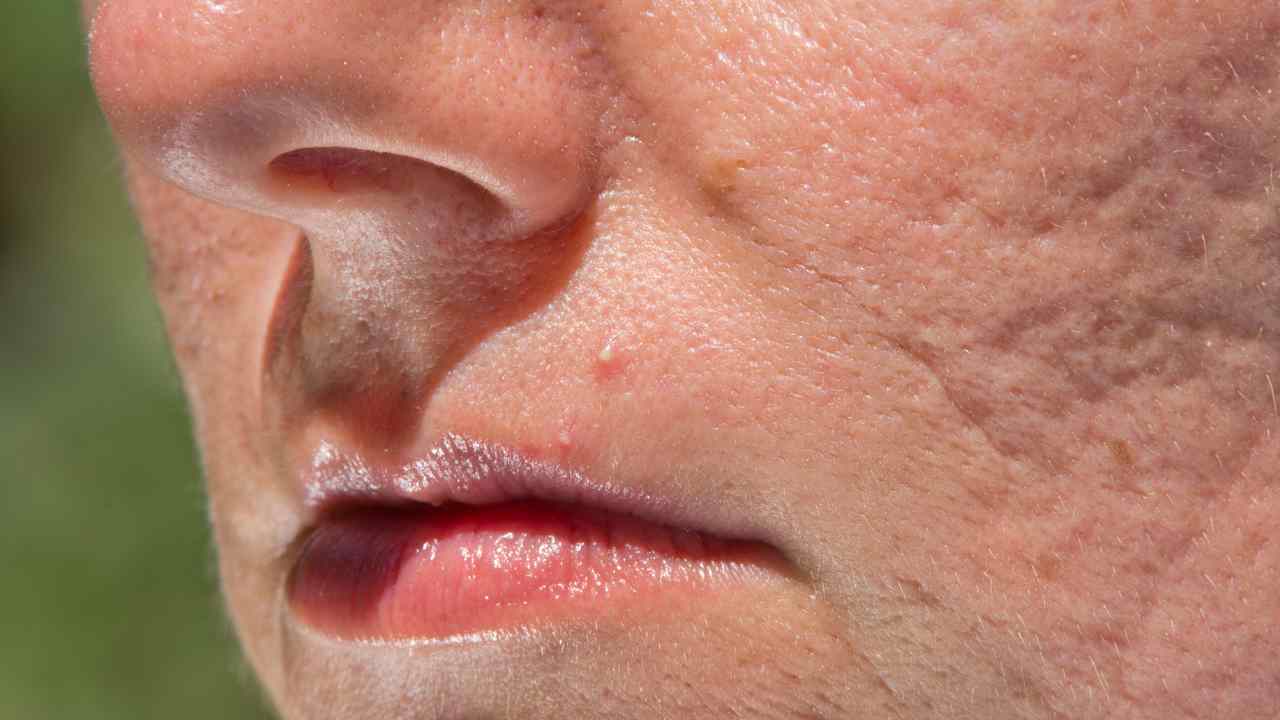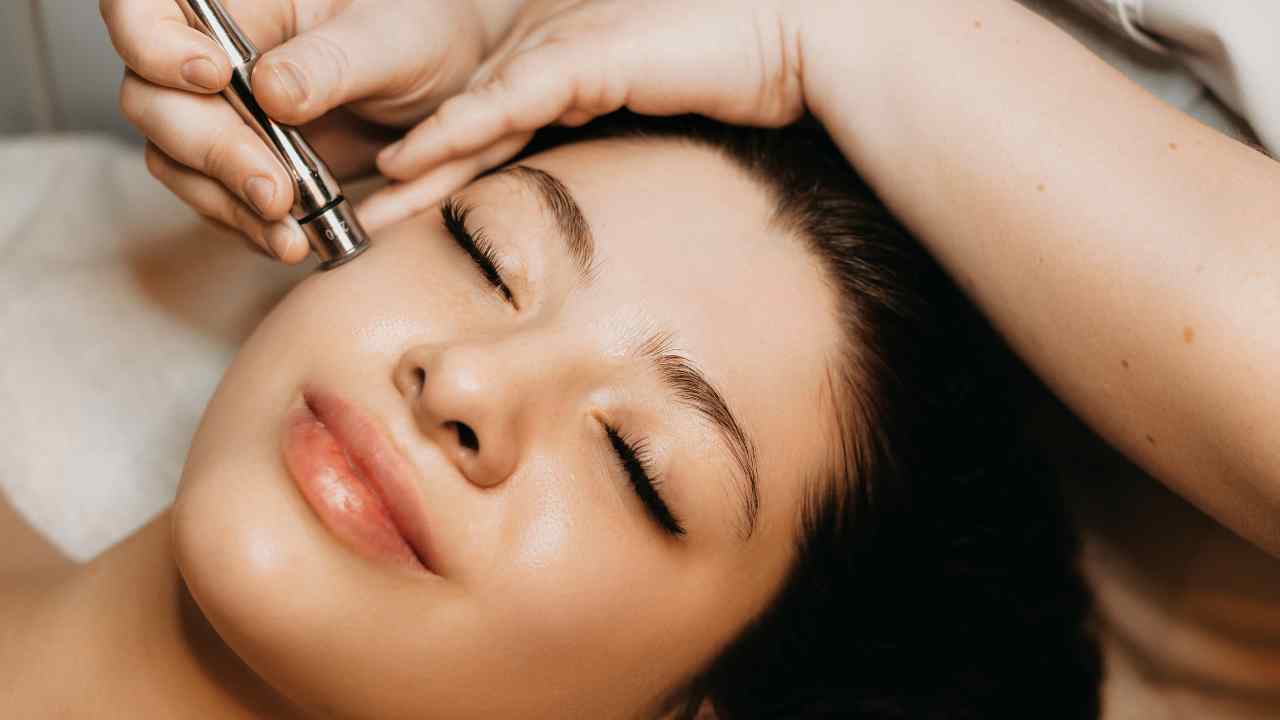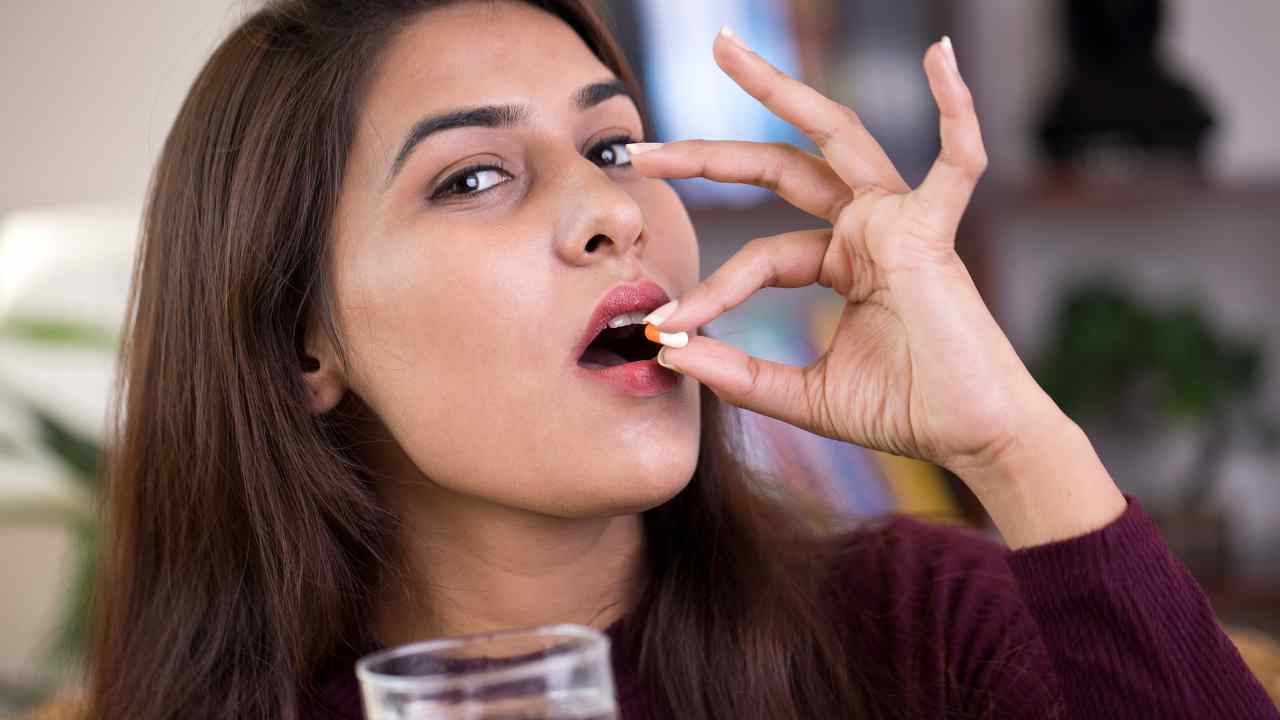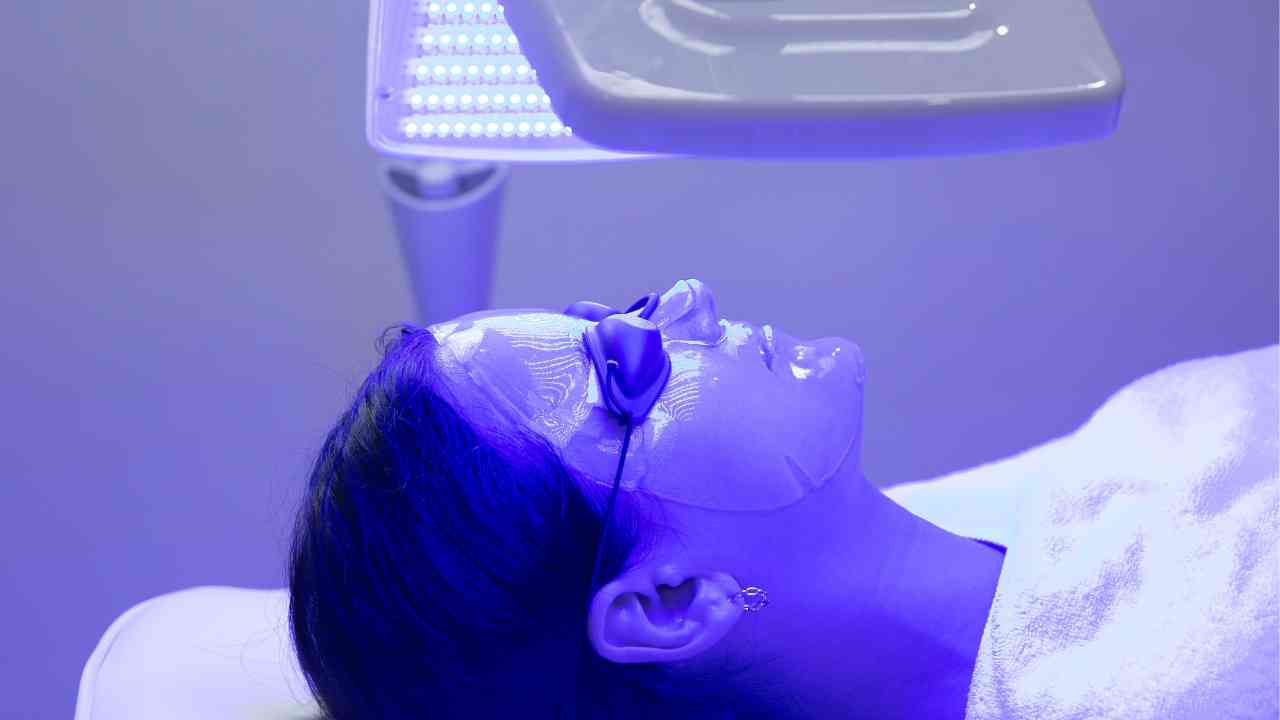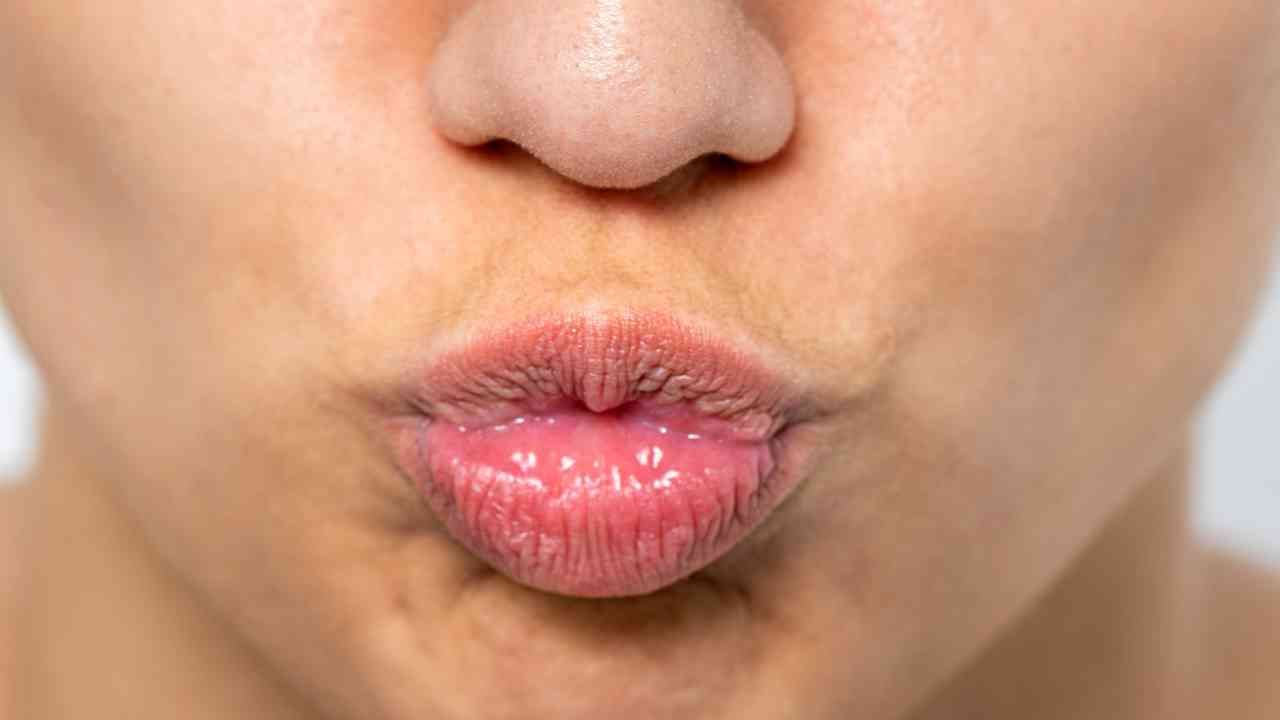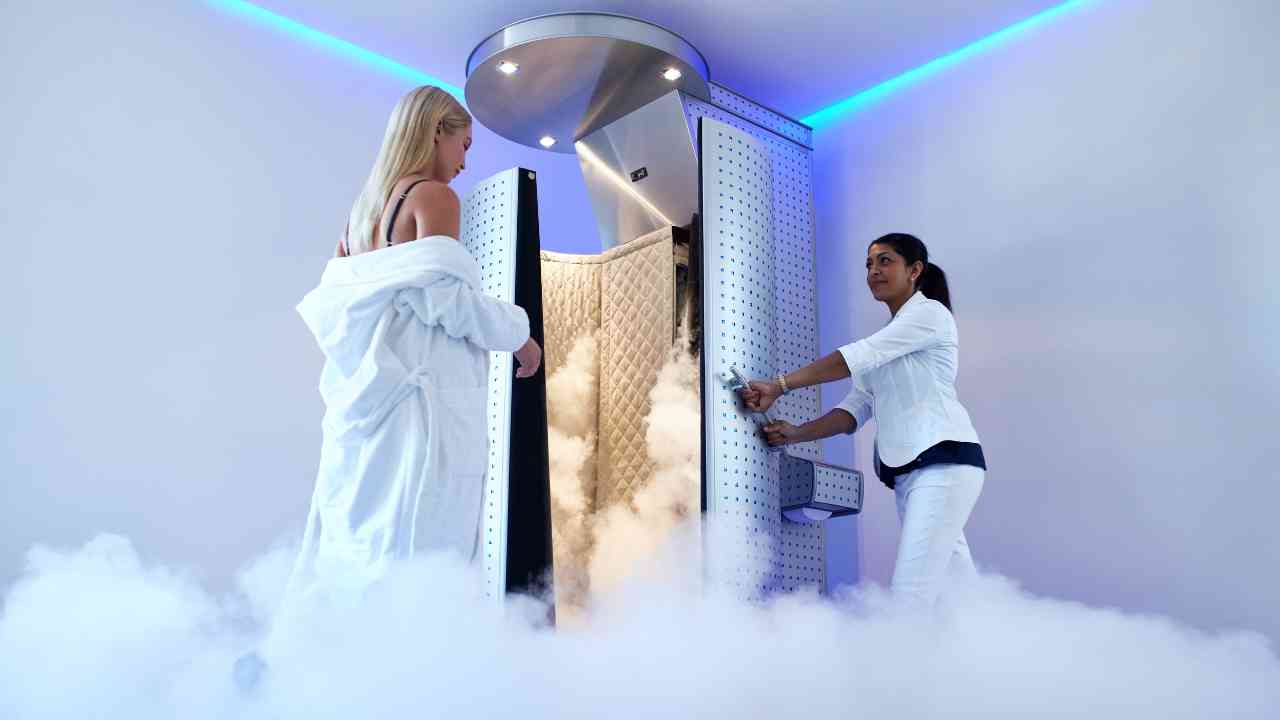
Cryotherapy for Acne: Chilling Out Those Pimples
During the wintertime, when chilly, wintery winds send shivers down your spine, you might be surprised to discover that the cold can actually work wonders on your acne.
Say hello to cryotherapy, a trendy and innovative treatment that is currently making waves in the skincare world.
If you're ready to embark on a journey to chill out those pimples, keep reading to learn all about the fascinating and magical effects of cryotherapy for acne.
What is Cryotherapy, Anyway?
Before we dive into the frosty details, let's break down what whole body cryotherapy is.
It's a treatment that involves exposing the skin to extremely cold temperatures and as a result lowers your skin surface temperature. This is typically achieved using liquid nitrogen or specialized cryo machines for a short period of time. A typical session lasts no longer than three minutes.
Basically, during a cryotherapy session, patients will enter a specialized chamber that is cooled down between -120°C and -170°C for 2-4 minutes. They wear special protective garments such as gloves, socks and a face mask to protect their skin from frostbite or other injuries caused by the extreme cold.
During this process your body goes into an alarm state as it attempts to move blood away from the extremities towards vital organs in order to protect them from the immediate decrease in temperature.
As a result of the cold temperature, blood flow increases significantly throughout all parts of your body due to increased circulation.
This results increased oxygen levels which helps promotes healing by allowing damaged cells to repair faster while also aiding inflammatory responses within the muscles.
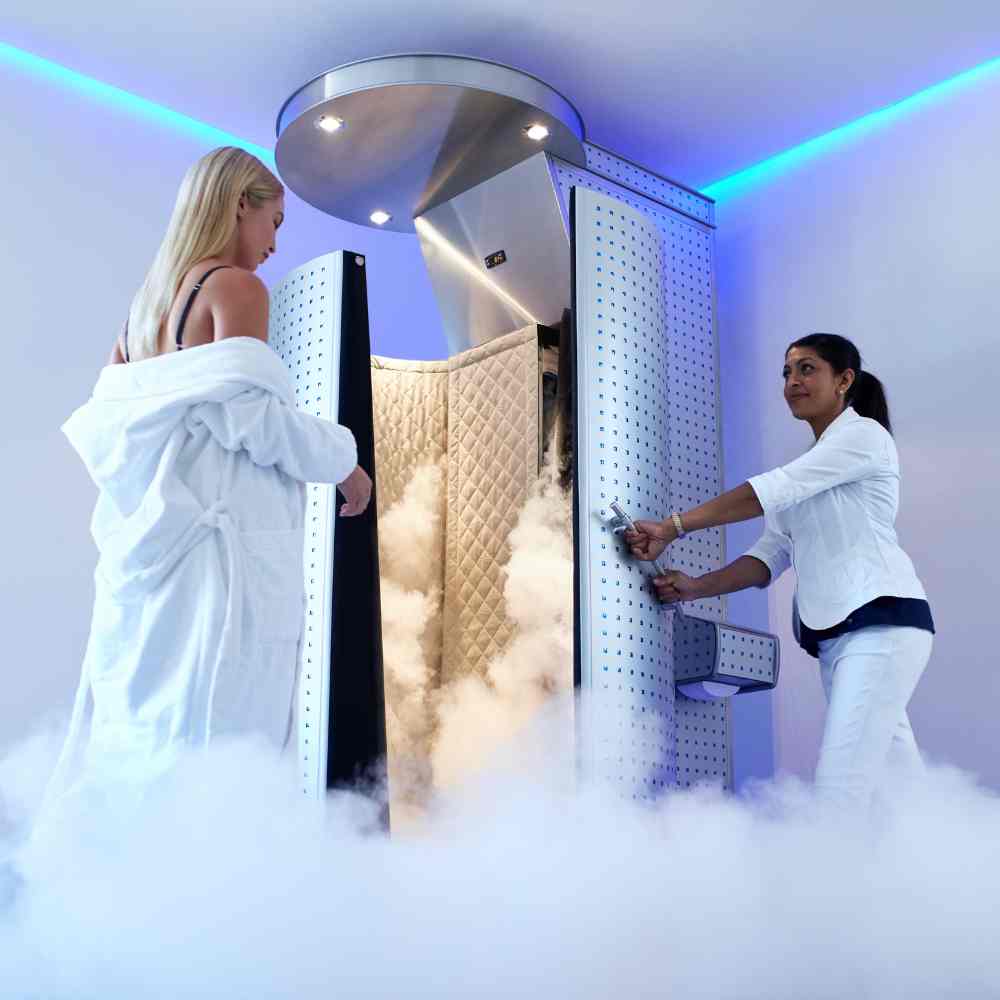
What Does Cryotherapy Treat?
Cryotherapy has been found useful in treating various conditions such as inflammation caused by arthritis and other autoimmune disorders, muscle spasms caused by chronic pain or neurological issues, migraines headaches associated with tension-type pain as well as skin conditions like atopic dermatitis, psoriasis, or eczema (amongst others).
At-home cryotherapies can be obtained but always consult with a doctor before attempting any form of self-treatment at home.
In addition many people use cryotherapy as an anti-aging solution; exposing themselves 1-3 times each week essentially resets their metabolism helping them look and feel younger over time!
On top of that many report feeling refreshed after each session thanks not only do the increase in circulation but also due its stress relief properties which help reduce anxiety and depression symptoms leaving one feeling empowered afterwards!
While cryotherapy has been used for various medical purposes, its potential benefits for inflammatory acne have sparked interest among skincare enthusiasts.
Want to know what a cryotherapy chamber looks like? Here's a TikTok video of a cryotherapy session:
@saraalfers Next video will be the pros and cons, is it worth it / not worth it 🥶 🤷♀️ #cryotherapy #crotherapybenefits #coldtherapy #wellnesstok #wellnesstreatment #wellnessfyp
♬ original sound - Sara Alfers 💖
Cryotherapy's Chilling Effect on Acne
The idea behind cryotherapy for treating acne is to harness the power of cold temperatures to reduce inflammation, shrink pores, and calm those angry, red pimples.
While the research is still ongoing, there are some promising studies suggesting that cryotherapy may be effective at reducing sebaceous gland activity.
Basically, cold temperatures applied to the skin can shrink blood vessels and reduce the size of the sebaceous glands, leading to reduced oil production and less acne breakouts. It's thought that this effect occurs because cold temperatures cause vessels in the glands to constrict temporarily, thus decreasing their activity level.
Additionally, the cold can have a numbing effect, providing temporary relief from pain or discomfort associated with inflamed pimples.
Cryofacials: A More Targeted Treatment
A cryotherapy facial (referred to as a cryofacial) is a treatment more targeted to the face. It's an invigorating skin treatment that utilizes cold temperatures to refresh the skin and stimulate collagen production.
It involves applying a cool, metal wand to the face in order to reduce inflammation and minimize wrinkles, while also reducing puffiness around the eyes and other areas of your face.
The cold temperature stimulates cell renewal, allowing your facial skin to become brighter and more even-toned.
The effects are usually immediate, however you will see maximum results after a few treatments as collagen production continues to improve over time.
This quick procedure leaves you feeling refreshed with glowing skin - plus it's entirely painless. Here's a cryofacial treatment in progress:
@handandstoneglassboro The benefits of our Cryo Facial are infinite 🚀🤩 Call the spa at 856-442-0042 to schedule your Cryo Facial today ✨ #newjersey #handandstone #handandstoneusa #handandstoneglassboro #cryo #cryoskin #cryotherapy #cryotoning #skincare #facialtreatment #facial
♬ Paradise - TELL YOUR STORY music by Ikson™
What the Research Says: Does It Really Work?
While the concept of using cold to tame acne and prevent acne scarring sounds intriguing, the scientific evidence is still in the early stages.
Some studies suggest that cryotherapy can be effective in reducing the size and inflammation of pimples, but more research is needed to determine its long-term efficacy and safety.
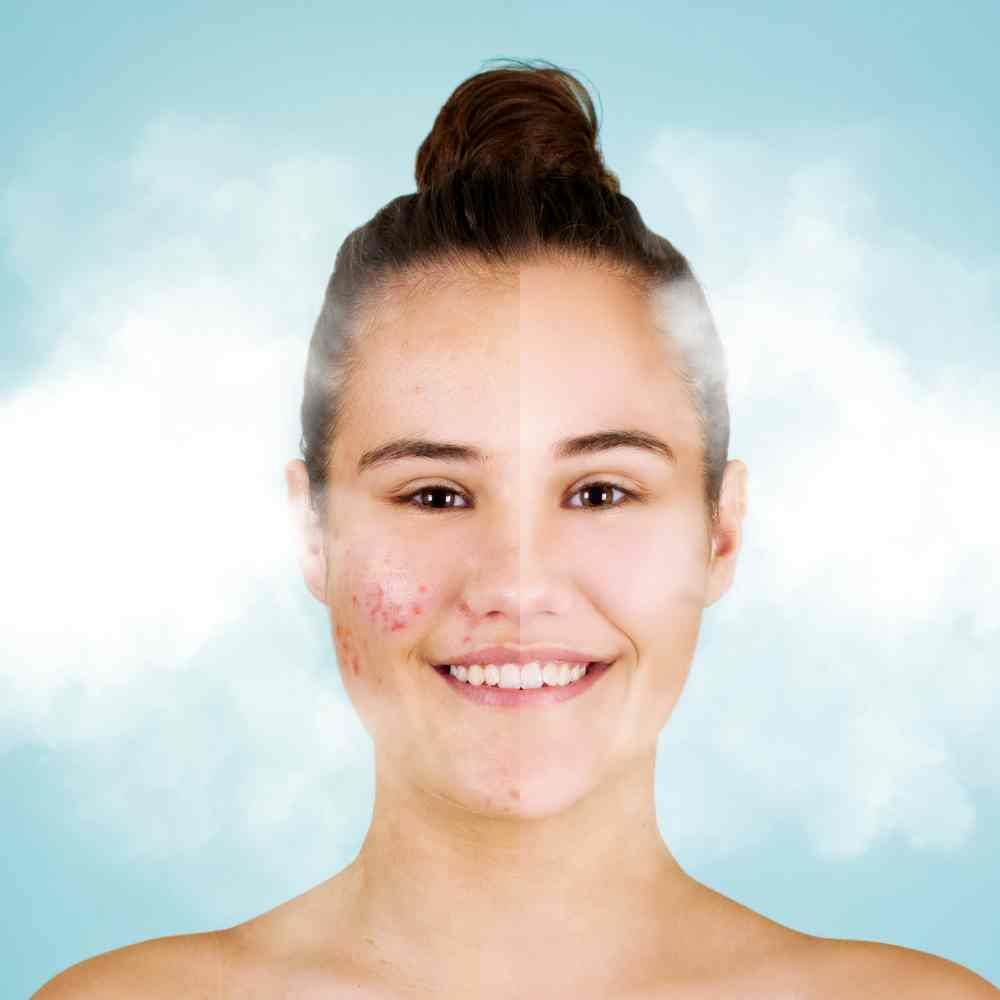
Who Offers Cryotherapy Treatments?
If you're looking for somewhere to get cryotherapy treatments for your acne near you, then fear not! There are many great options available.
You can start by visiting the website of a dermatologist in your area and seeing if they offer this type of treatment.
Additionally, many spas, salons, and wellness centers have cryosaunas that can help reduce the inflammation from acne.
Lastly, some aesthetic clinics also provide cryotherapy treatments specifically designed to target stubborn acne.
Whichever option you choose, make sure to consult with a doctor or medical professional before stepping into a whole body cryotherapy chamber so they can assess whether this is the right course of treatment for you.
Cryotherapy vs. Cryosurgery
Whole body cryotherapy is not to be confused with acne cryosurgery which is performed by a dermatologist.
Whole body cryotherapy is aimed at improving overall health and wellness, essentially it exposes your body to ultra low temperatures for a brief period of time (usually 2-3 minutes).
Acne cryosurgery, on the other hand, is a treatment option specifically targeted toward acne sufferers. This procedure involves applying liquid nitrogen directly on active acne skin lesions in order to freeze them off and destroy the dead skin cells quickly.
While whole body cryotherapy can be effective for mild cases of acne (especially when combined with other treatments such as topical creams or antibiotics), it will likely not work for more severe cases as these need long term treatment plans tailored to each individual patient.
DIY Cryotherapy: The Ice Cube Hack
Can't make it to the salon for a fancy cryo treatment? Some DIY enthusiasts have turned to the ice cube hack as a makeshift cryotherapy treatment.
While applying an ice cube to a pimple can provide temporary relief and help reduce inflammation, it's important to exercise caution.
Applying ice directly to the skin can cause frostbite or damage, so always wrap the ice cube in a cloth before applying it to your skin.
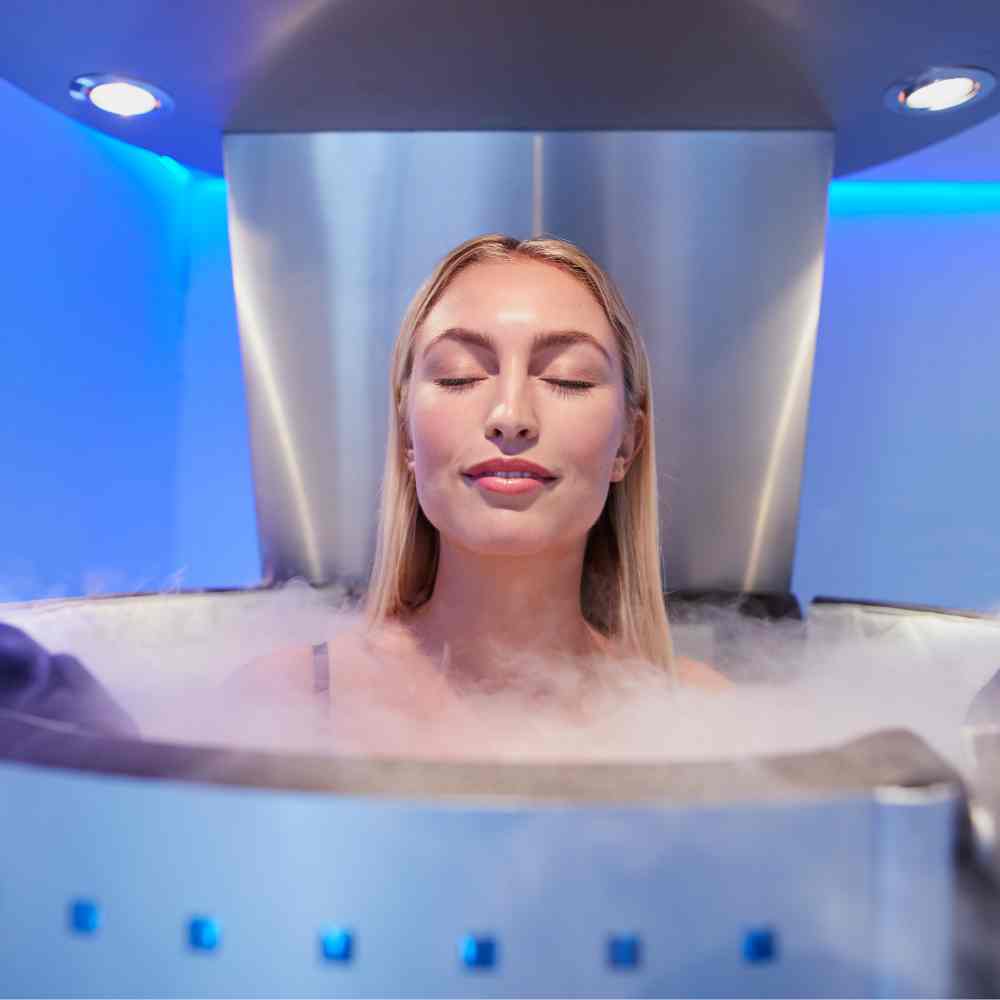
The Icy Caveats: Things to Consider
While cryotherapy shows promise in various areas, such as reducing inflammation and enhancing recovery, it's essential to be aware of some caveats that should be considered.
These may include potential risks, individual sensitivities, and the need for proper guidance and supervision.
By being informed and taking necessary precautions, individuals can make informed decisions about incorporating cryotherapy into their wellness routines. Here are just a few of the drawbacks of cryotherapy.
Skin Sensitivity
Cryotherapy, a popular treatment for various conditions, may not be suitable for individuals with sensitive or rosacea prone skin.
The extreme cold temperatures involved in cryotherapy could potentially worsen redness or irritation, causing discomfort.
Therefore, it is important to consult with a healthcare professional to determine if cryotherapy is appropriate for your specific skin condition and needs.
Short-Term Solution
The effects of cryotherapy, a treatment involving exposure to extreme cold temperatures, might be temporary.
Therefore, it is often recommended to undergo multiple sessions in order to achieve longer-lasting results.
By repeating the treatment, individuals can potentially experience more sustained benefits and improvements. The cost of these office visits can add up.
Risk of Damage
Improper application of cold or prolonged exposure can lead to various skin conditions, such as frostbite or tissue damage.
Therefore, it is highly advisable to entrust cryotherapy procedures to trained professionals who possess the necessary expertise and knowledge to ensure optimal safety and effectiveness.
By doing so, you can have peace of mind knowing that your skin is in capable hands, allowing you to fully enjoy the benefits of this therapeutic treatment.
Final Thoughts: Frosty Treatment, Warm Approach
Cryotherapy for acne might seem like a frosty dream come true, but it's important to approach it with a warm dose of caution.
While some studies suggest its effectiveness, more research is needed to fully understand its potential benefits and risks.
If you're intrigued, consult with a dermatologist to determine if cryotherapy is a suitable option for your skin type and condition.
So, if you're ready to chill out those pimples, consider giving cryotherapy a shot and embrace the frosty embrace of clearer skin!



